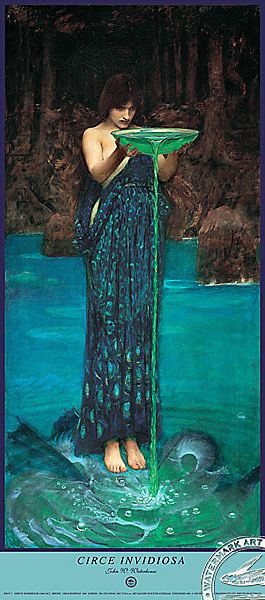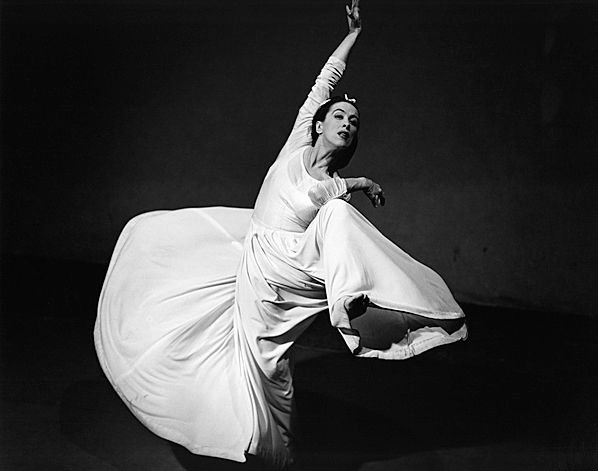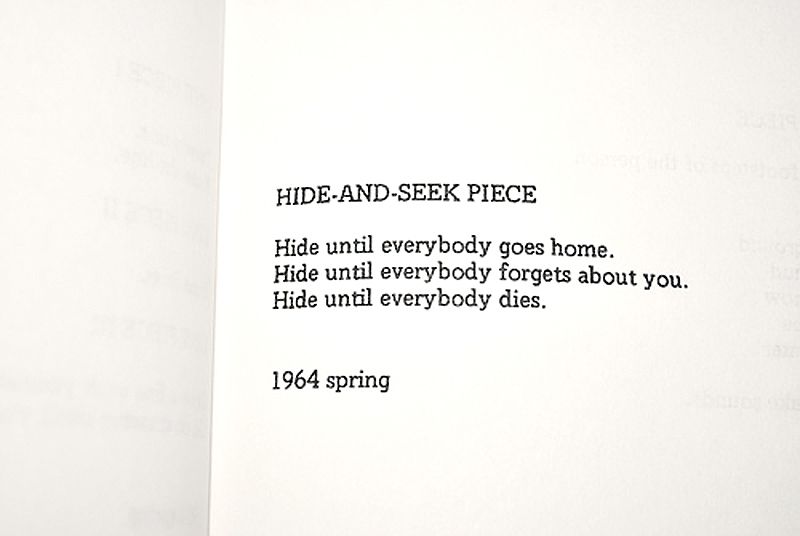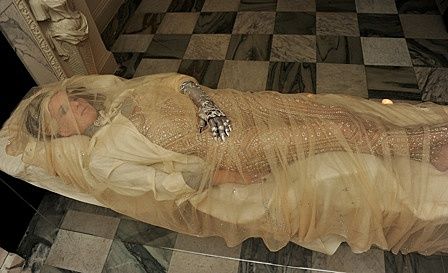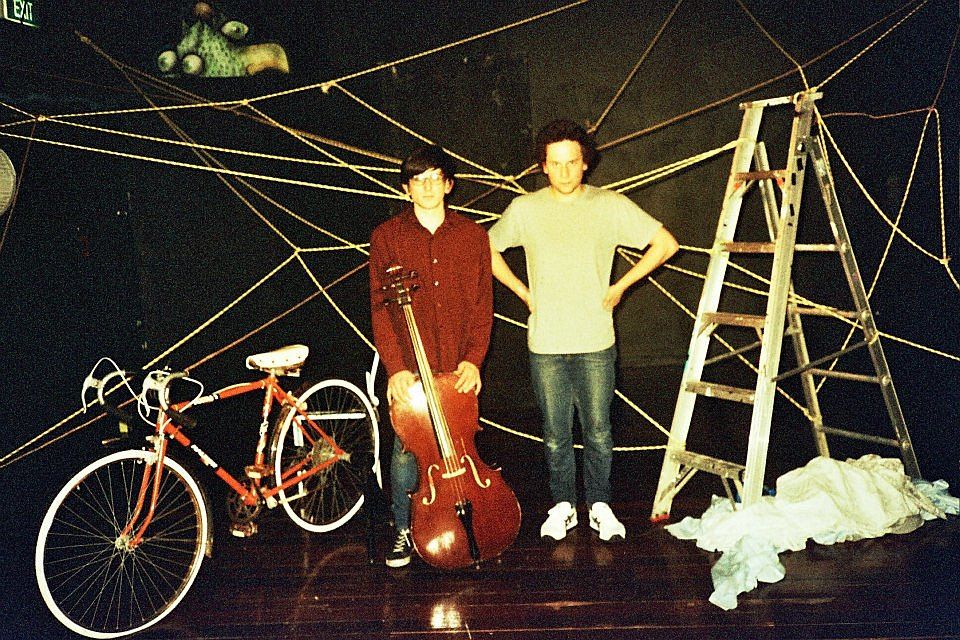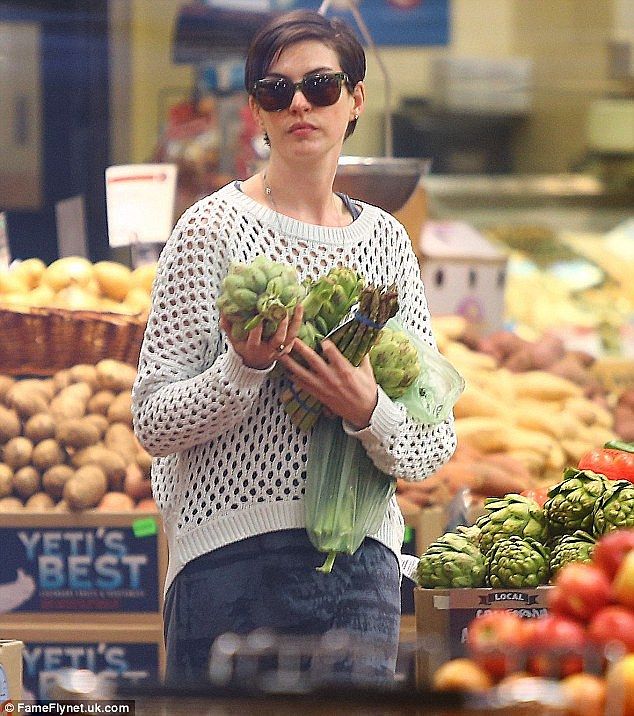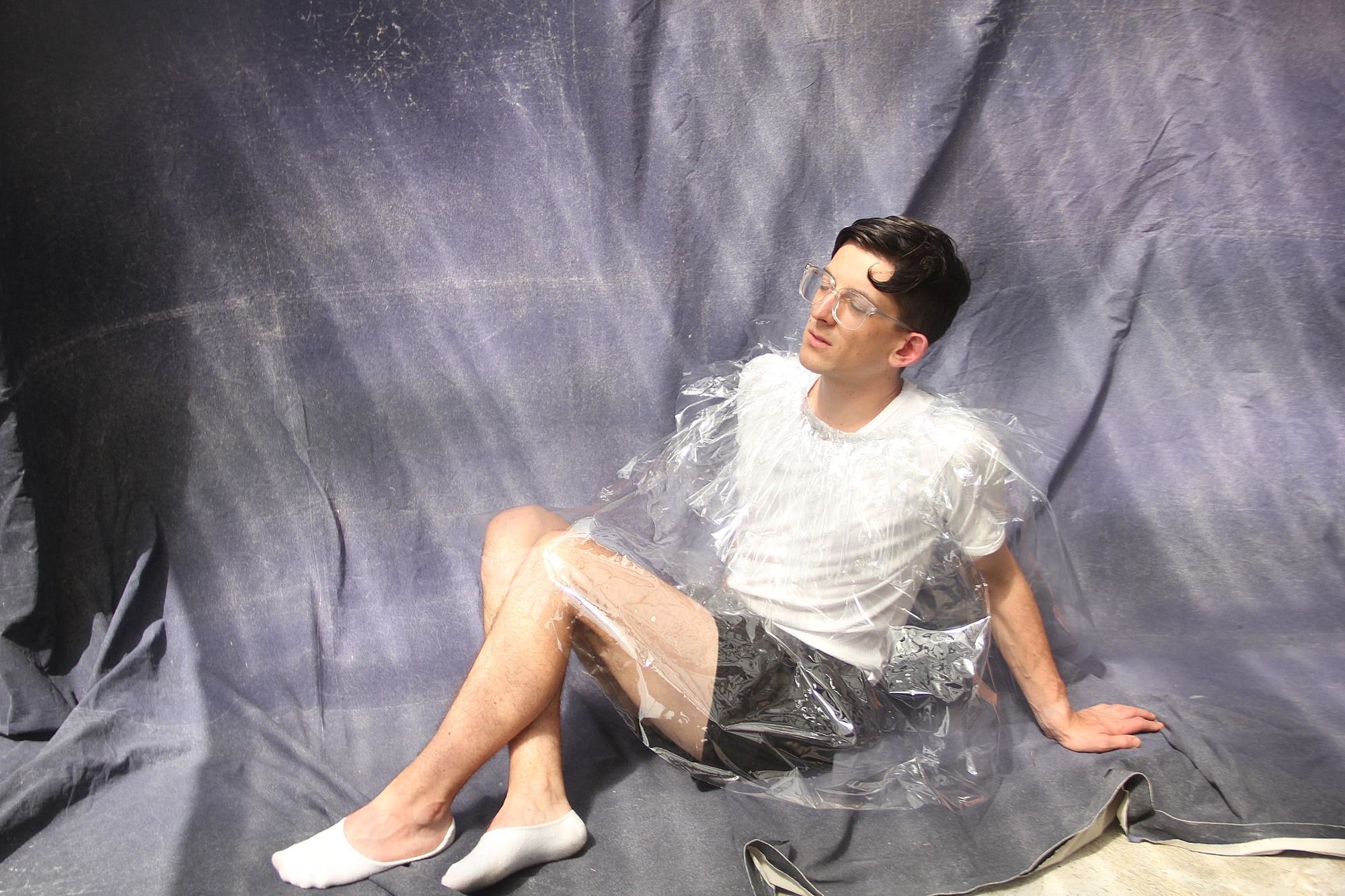Loose Canons: Christopher Stratton
Loose Canons is a series where we invite artists we love to share five things that have informed their work. Meet the rest of our Loose Canons here.
Christopher Stratton is a lil weirdo who has been jamming around with theatre and film making since leaving performing arts school in 2010. Having worked (in art department and design) on a host of theatre/tv/music video projects (Recently The Tempest at the Pop Up Globe), he decided that what he really wanted was a show of his own to design, so he has pulled together a coven of friends to create Little Child of Miracle: 'a show about this boy who lives with the moon, but comes to earth or something'. He hasn’t been on stage for a decade and is bloody terrified.
Witchcraft
I guess I identify as a novice witch of sorts.
The thing with witchcraft is that any kind of ‘magic’ or ‘spell’ is just intent put forth in the hope of manifesting it in the world - assisted by words, images and ritual. To be a bit naff, there's a real correlation between casting a 'spell' and putting together any kind of artwork. You use symbols, text, movement, and voice to convey an idea outwards to the world, although in theatre's case you're calling on the audience to consider and carry forward your idea, rather than the cute lil local spirits.
There’s something very powerful about standing around a fireplace with a coven of friends, casting your intentions into the fire and breathing life into them as a collective. Beyond any belief in the existence of 'magic' in whatever form (still skeptical tbh) the idea of coming together to talk about goals and create focus in your lives - and hear what your mates might want for themselves - is a night well spent. Just lighting candles and having a cute cry together is pretty nice. Carrying this vibe into a show really helps, having an idea that you are coming together and giving power to.
There is a really rich history of imagery associated with any kind of magic and so much of how we respond to things as simple as colour has roots in quite mystical patterns of thought and semiotic systems. For instance, abstractions or representations of spirit/soul both in art and magic are traditionally associated with blues, whites, silvers, and greys - essentially sky/celestial tones, as we look outside of the earth and our physical bodies to understand and represent the soul. This has a direct influence on the imagery of Little Child of Miracle to ground our piece within that spiritual world.
Martha Graham
I dig hard on Martha Graham. Her choreographies are full of melodrama which is A++++ in my book. I bloody love melodrama and sweeping gesture and bold choices. Last year, as I tried to pull together a bunch of weird notes and images to start creating the show, I had a bit of a meltdown and was convinced that I should either call it off or cast someone else in it. My friend (and collaborator on the show) Priya gave me a journal with the below quote from Martha in it, which helped keep me on track and realise that no matter how chaotic or disastrous i might end up being on stage that I should just haul ass and do it:
There is a vitality, a life force, an energy, a quickening that is translated through you into action, and because there is only one of you in all of time, this expression is unique. And if you block it, it will never exist through any other medium and it will be lost. The world will not have it. It is not your business to determine how good it is nor how valuable nor how it compares with other expressions. It is your business to keep it yours clearly and directly, to keep the channel open. You do not even have to believe in yourself or your work. You have to keep yourself open and aware to the urges that motivate you. Keep the channel open... No artist is pleased. [There is] no satisfaction whatever at any time. There is only a queer divine dissatisfaction, a blessed unrest that keeps us marching…
Grapefruit - Yoko Ono
I love Yoko a lot a lot a lot. So many pieces of hers are incredible and inspiring. I could geek out for hours talking about them and their impact on my existence as a human being. TBH though, rather than actually managing to talk about them, it’s more likely that I would pace a room, shoving laptops and books in peoples faces as I weep and say GUYS THIS IS SUCH A FKKN SIKK JAM I CAN’T COPE. My poor bf has endured several such moments over the last five years and I commend him for managing through them.
In particular, I’ll say that Yoko’s book Grapefruit is a huge influence on how I’d like to create and work. The book is full of instructions for artworks, rather than the works themselves, so that the onus falls on the audience to co-create the works in the world, and work out how to (or if it is necessary to). I think this makes for such a strong impetus to consider the WHY of the work rather than the form: the intent for it existing. It places the communication of an ideology at the forefront of the piece rather than the form it is communicated with.
That picture of her in front of The Museum of Modern Art holding an extra letter F (The Museum of Modern FART) is a true highlight also:
A Trio of Bold Weirdos
Isabella Blow was a fashion editor and creator and amazing woman who worked in fashion and art in the UK. At one time in the 1980s she was Anna Wintour’s assistant, and would clean her desk at the end of every day with a bottle of Perrier water and a few spritzs of Chanel no. 5 – illustrative of her ability to curate any mundane moment into something strange and wonderful.
Any discussion of her tends to go hand in hand with Alexander McQueen, whose career she nurtured from the moment she sat on the stairs at his grad show, buying the entire collection afterwards, then installing him in her basement to live rent-free so he could create.
Their works hold for me so many interests in line with my own – those of melancholy, death, memento mori artwork, spirituality, sweeping romance and tragedy. All these baroque sensibilites but completely revitalised and contemporary . Their work weren’t homages, but re-imaginings of these old art-world concepts, and they made them exist within the fashion world – they were working in this space where there was never an attempt to be cool or create a trend or be on trend, but really earnest artistic pursuit in a business that is seen as highly commercial and throwaway.
The third person in this trio is Daphne Guinness, an artist/musician and friend to Blow and McQueen, who upon both of their suicides has become a sort of protector of their legacy, all while continuing to create and curate her own works. She works closely with collaborators at showstudio.com and on there you really get a sense of her particular vision - it’s all very spacey and there’s soft focus on blurs that create a sense of a soul/aura living in and around a body.
The visual effects she works to create push the crispness of digital imagery away and sometimes it feels as though the films/images are a modernist evolution of the pre-raphaelite, spiritualist photographs of the 19th century from artists like Julia Margaret Cameron - again, this incredibly contemporary envisioning/updating of ideas that struggle to find a place amongst the cool and commercial tinged art world of the now. She once commissioned a bejewelled glove/piece of armour and held a party to debut it, where she lay on a table swathed in fabrics with just the glove poking through, and remained there for hours - both to show off the glove and as a way to comfort her social anxieties.
And then there’s also this video of her joining in the youtube craze ‘milking’. There’s something so pleasing about seeing a rough as viral trend taking place in a beautiful studio with Daphne in her Tatehana shoes but still shot on an iPhone .
For all of their stature and vibrance in the world it seems as though all three were/are quiet fragile people just getting along in the world questioning it and making beautiful things and moments that continue to resonate long after other collections/fashion moments of their contemporaries are discarded.
Jamming out shows with Joseph Harper
Working with Joseph, I've learnt that economy on stage doesn’t mean less of something. It means clarity and purpose and simplicity. There’s a temptation I think with low-budget/low-fi shows to chuck a bunch of things on stage that don't need to be there or have throwaway props that come up for a second and disappear again without adding real value to the show. I'm not a huge fan of that sort of Look Sharp Store aesthetic (despite using the store in almost every production I’ve ever worked on) unless it feels like it has true purpose. I don't like it when an audience member can see something on stage and identify it outside of the world of the show.
Joseph and I have always maintained a vibe where everything is functional, and can serve more than one purpose, can exist on the stage the whole time and transform and transition as the play and ideas progress and unfold. Making shows with Joseph made me realise that the show and its properties are a whole blobby entity and should never feel like they are working separately to each other. Design should be laid through a show – not on top of.
Bonus: Artichoke Hathaway
I desperately wanted to include this picture of Anne Hathaway holding an artichoke, which gives me true life every day. If I believed in ‘spirit animals’ Artichoke Hathaway would be mine.
Little Child of Miracle
is on at Basement Theatre
29 March - 1 April

